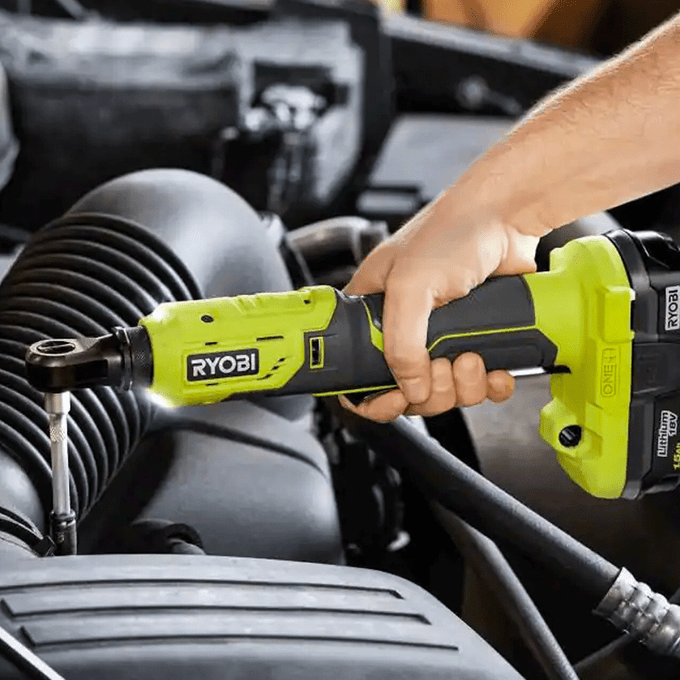The 7 Best Cordless Ratchets

Buying a Cordless Ratchet
After pumping the handle of your manual socket wrench for the hundredth time to drive the six-inch lag screws for your new deck foundation, you may be asking why they don’t make a power tool for this job.
Well, they do!
It’s a cordless ratchet. Not only will it drive those lag screws with ease, it performs multiple other chores, too. A cordless ratchet has become pretty much a must-have tool for builders and remodelers, as well as those in auto and appliance repair.
The best cordless ratchet for you isn’t necessarily the most expensive one. Like a lot of tools, it depends on what you’ll use it for. True, more expensive models tend to develop more torque, and their batteries last longer and charge more quickly. But other features are just as important.
If you’re looking to add a cordless ratchet to your tool collection, here are some features you should consider:
- Anvil size: The anvil holds the socket, and they come in 1/4-in. and 3/8-inch sizes. Choose a tool with the smaller anvil for small engine and appliance repair. Choose the larger anvil for automotive repair or construction. Some cordless ratchets have convertible anvils — a handy feature.
- Power: Cordless ratchets develop from 25 to almost 60 foot pounds of torque and spin at speeds from 250 to 400 revolutions per minute (rpm). The more powerful a cordless ratchet, the tougher the job it can handle. And the faster it spins, the faster you can work.
- Head size: A small ratchet head makes the tool more maneuverable.
- Weight distribution: The best cordless ratchet has balanced weight distribution and an ergonomic design, with the ratchet head and the handle weighing about the same. An unequal weight distribution makes the tool harder to hold and operate.
- Battery run time: Battery run time is important if you have a lot of lag screws or tire lugs to drive. It can vary from 30 minutes to almost 70 minutes. Battery capacity has a lot to do with that. Most cordless ratchets have a capacity of 2.0 amp-hours, but some offer batteries with twice that.
- Battery charging time: Varies from 60 to 90 minutes. Larger capacity batteries take longer to charge, but also have longer run times.
- Functionality features: A battery charge indicator prevents you from starting a job you can’t finish, and a trigger lock prevents the tool from starting accidentally. A forward-reverse switch and a brake that prevents the tool from over-tightening are standard.
- Handle length: At times you’ll need to develop extra torque by pulling on the handle. A longer handle gives you more leverage, but gets in the way in tight places.
- Cost: Prices range from under $50 to more than $200.
- Brushless motors: Models with brushless motors tend to be more powerful, compact and ergonomic.
No comments